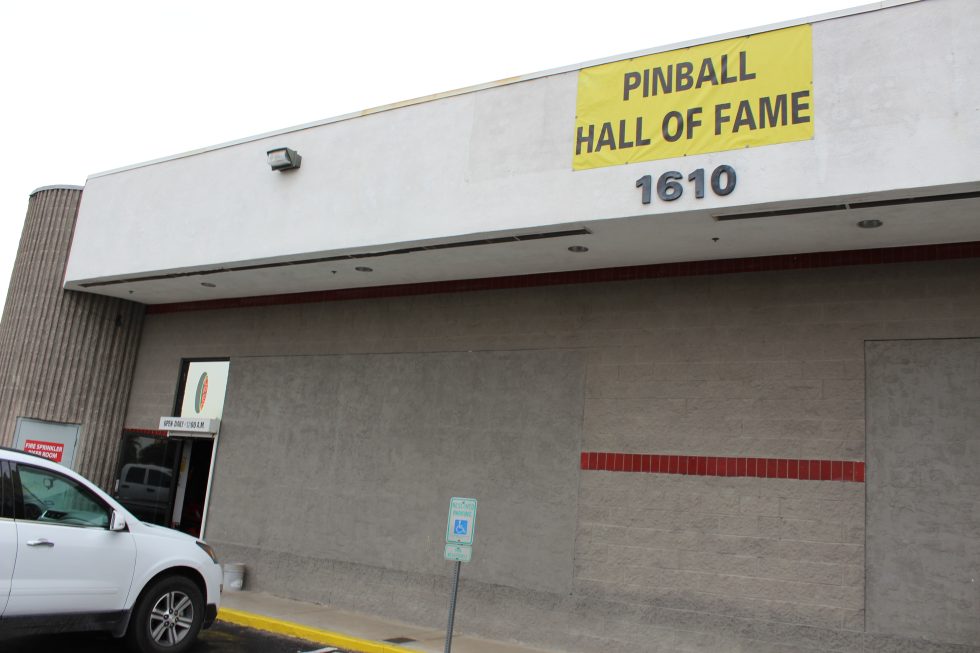Fixing the past: The art of collecting pinball machines
-

Inside this concrete slab hides the biggest collection of the rarest pinball and electromechanical games ever made. [credit: Sam Machkovech ]
Pinball is dying, if it's still alive at all. The major manufacturers have moved from creating pinball machines to slot machines for casinos, a business with a much rosier future. With even larger arcades only sporting one or two pinball machines, most likely emblazoned with licensed artwork from a popular movie or TV show, enthusiasts of the game are forced to look backward for their joy, not forward.
"Pinball has seen a steady decline since the 90s. Chicago used to have many manufacturers that cranked out thousands of games each year. In the 80s and 90s, video games became popular and pinball sales suffered," Karl Marsicek explained to Ars. He knows a little bit about the lost art of pinball: his basement houses a collection of machines he has bought and restored. "There is only one manufacturer left, Stern Pinball. They put out about 4 or 5 new titles each year, just a fraction of what manufacturers were cranking out in Pinball’s glory days."
As a hobby, collecting and restoring pinball machines is tough. The machines are loud, large, heavy, and expensive. The problem is, if you can't play a game at your local arcade, the only place left is your own basement. "The many machines that were produced in the '80s and '90s have reached the end of their life cycle and are disappearing from bars and pizza joints," Marsicek said. "Strip mall arcades are just about extinct because of computer games and gaming consoles. So pinball machines are getting hard to find."
Read 22 remaining paragraphs | Comments
from Gaming & Culture – Ars Technica https://ift.tt/2XsGXjK